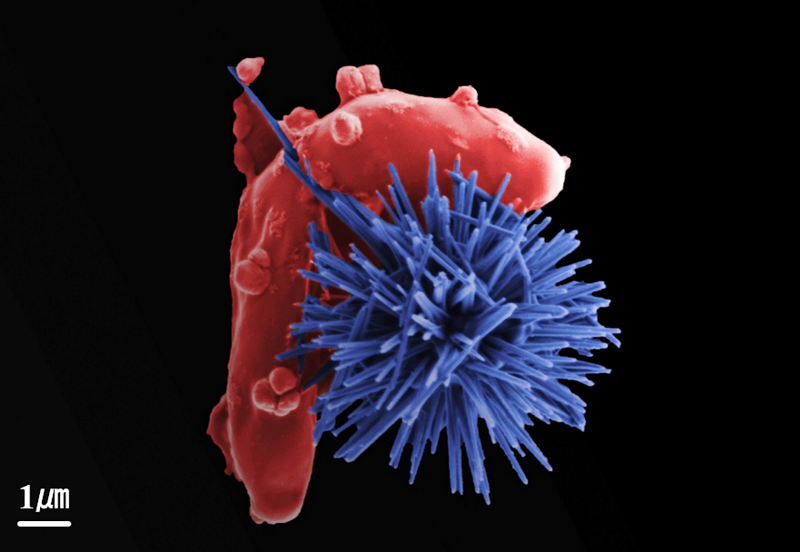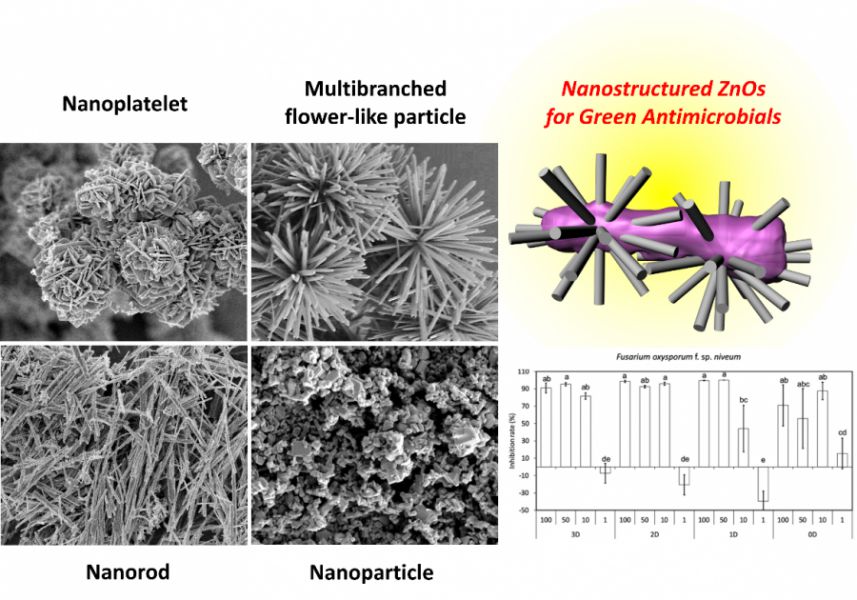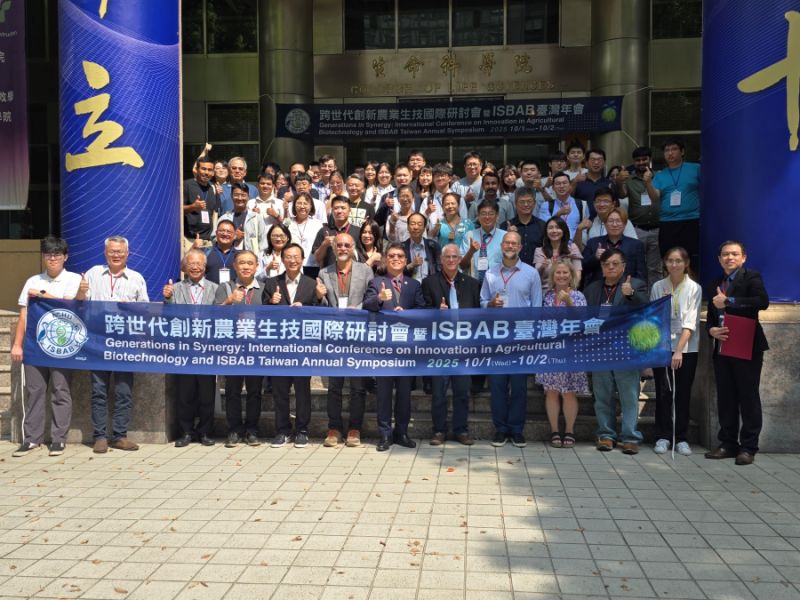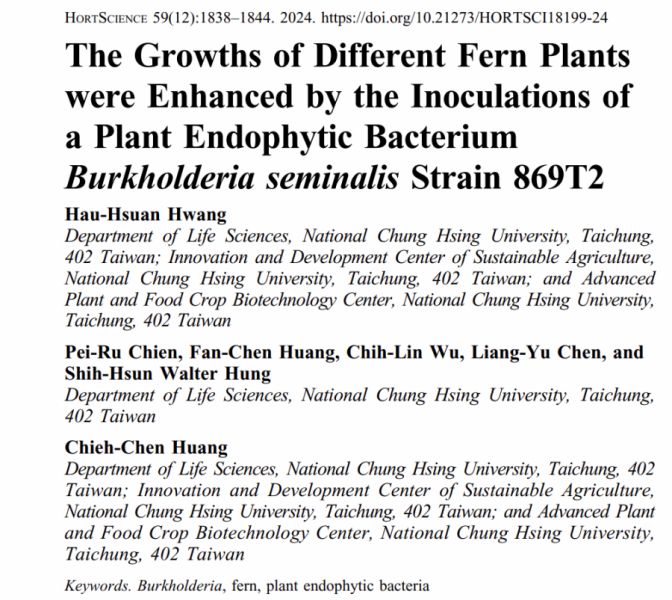新穎材料農業:友善環境農業新穎材料研發與安全評估【材料科學與工程學系/薛涵宇助理教授】
| 論文篇名 | 英文:Multibranched flower-like ZnO particles from eco-friendly hydrothermal synthesis as green antimicrobials in agriculture 中文:水熱法製備多分支狀奈米氧化鋅粉體做為環境友善農藥應用 |
| 期刊名稱 | JOURNAL OF CLEANER PRODUCTION |
| 發表年份,卷數,起迄頁數 | 2020, 262, 121342 |
| 作者 | Chang, Tao-Ho(張道禾); Lu, Ying-Chun; Yang, Min-Jung; Huang, Jenn-Wen(黃振文); Chang, Pi-Fang Linda(張碧芳); Hsueh, Han-Yu(薛涵宇)* |
| DOI | 10.1016/j.jclepro.2020.121342 |
| 中文摘要 | 因應日趨增加的糧食需求,在環境保護與農業增產的平衡當中,我們開發了環境友善的奈米粉體做為生物防治農藥。奈米結構的氧化鋅是適用於永續農業發展的一種材料,基於其獨特的性質,它具有顯著的潛力可以減少有害化學農藥的殘留,也可因應安全有機食品需求的日益增長。在該研究中,我們通過調控水熱反應的時間來進行不同型態氧化鋅的合成,分別有奈米棒狀(一維),奈米片狀(二維),以及奈米花狀顆粒(三維)。接著,在幾種對農業造成嚴重威脅的植物病原體上,對這些多結構的奈米氧化鋅進行抗菌性能的測試。結果顯示,三維的奈米花狀顆粒氧化鋅表現出優於其他結構的抗真菌活性,而從掃描式電子顯微鏡也觀察到,花狀顆粒的奈米結構對植物病原體造成明顯的機械損傷。因此,由研究結果可知,三維的奈米花狀顆粒因其具有特殊的抗菌性能機械層,使其成為適用於永續農業的一種材料。 |
| 英文摘要 | Owing to the exponential growth of the human population and the rising food demand, identifying sustainable antimicrobials for higher agricultural productivity becomes essential. In this study, hydrothermal precipitation for synthesizing versatile nanostructured zinc oxide particles (nZnOs), including nanorods (1D), nanoplatelets (2D), and multibranched flower-like particles (3D), was achieved by controlling pH values of source precursors and growth time. Hydrothermal synthesis is an eco-friendly process without the requirement of hazardous organic solvents. The antimicrobial properties of these nZnO particles were evaluated on different soil-borne plant pathogens. These pathogens are serious limiting factors in agriculture. Results indicate that multibranched flower-like ZnO (3D nZnO) showed more remarkable, reliable, and stable antifungal activity compared with other nZnOs. The scanning electron microscopy results also demonstrated significant mechanical damage to pathogens that caused by the branches of flower-like particles from 3D nZnO. Moreover, results of photodegradation and environmental resistance of the synthesized nZnOs revealed their potentials to reduce hazardous chemical pesticides and the eco-friendliness. This work is the first to compare the antimicrobial (i.e., antifungal) properties of various nZnOs and their applications in agriculture. Our results suggest that multibranched flower-like ZnO can be served as promising candidates of green antimicrobials with multiple modes of action in sustainable agriculture. |








